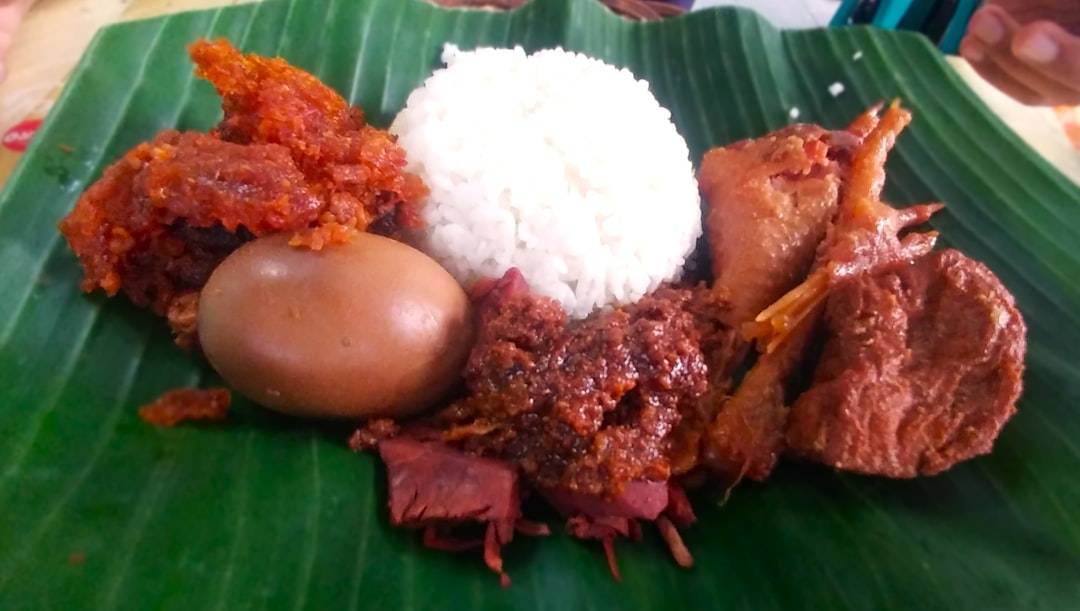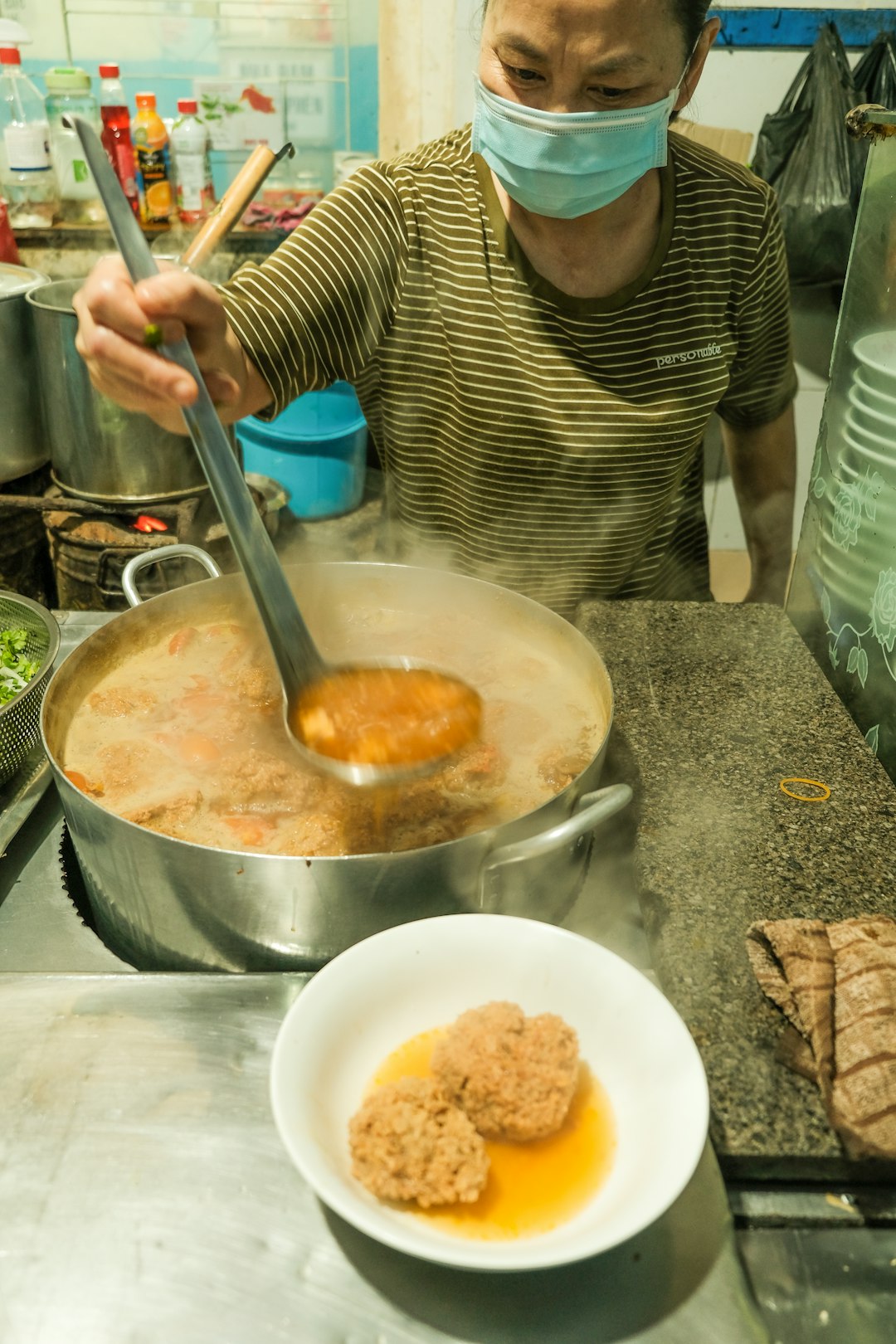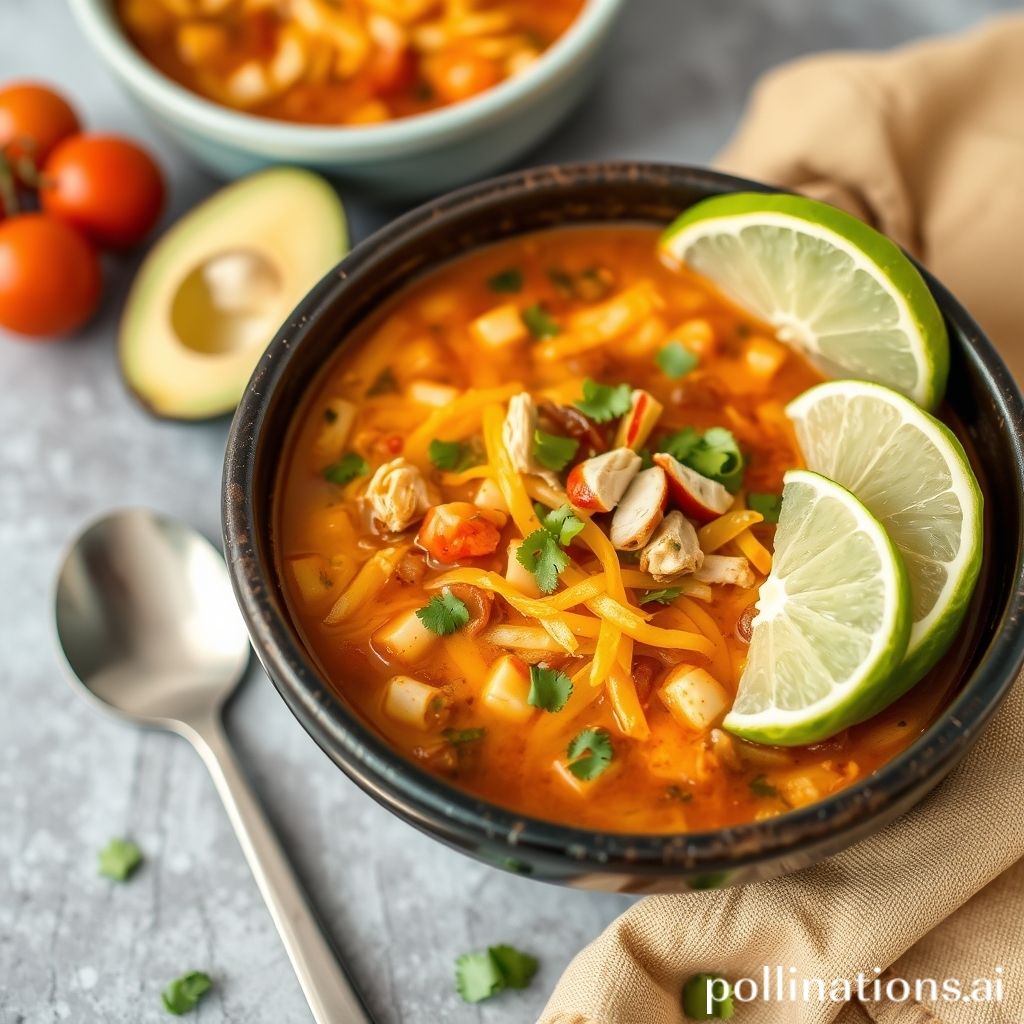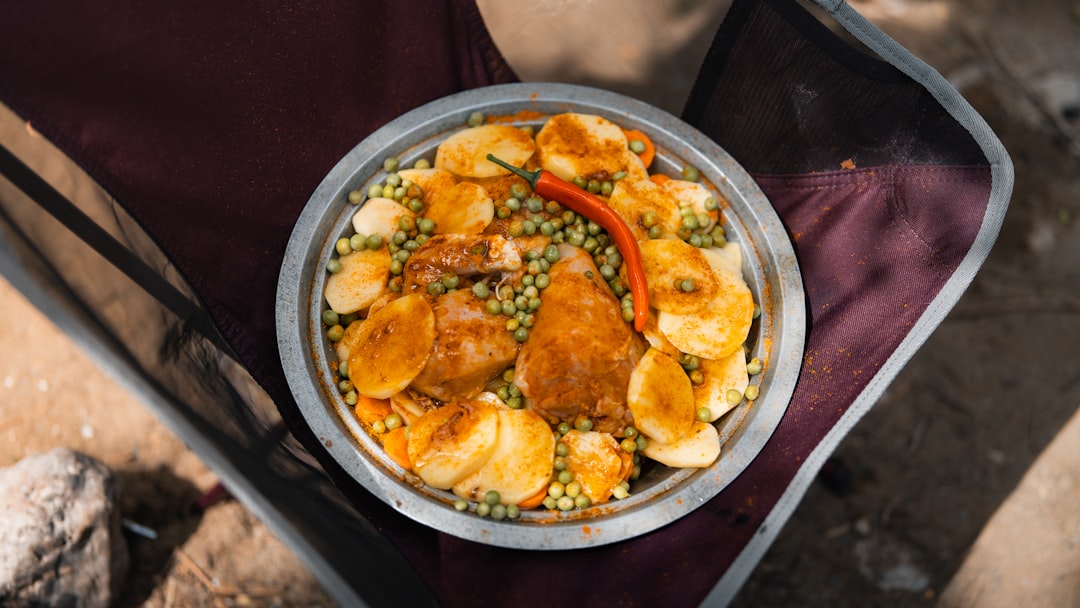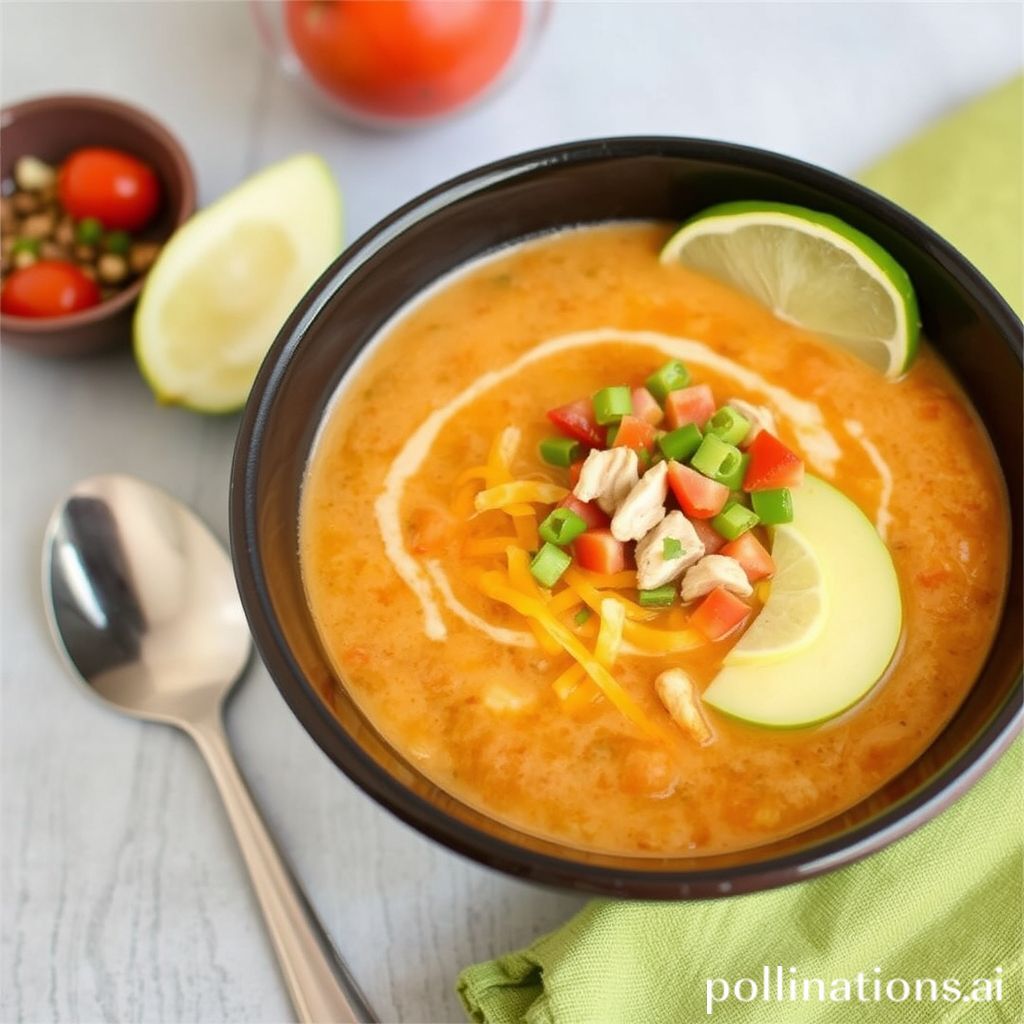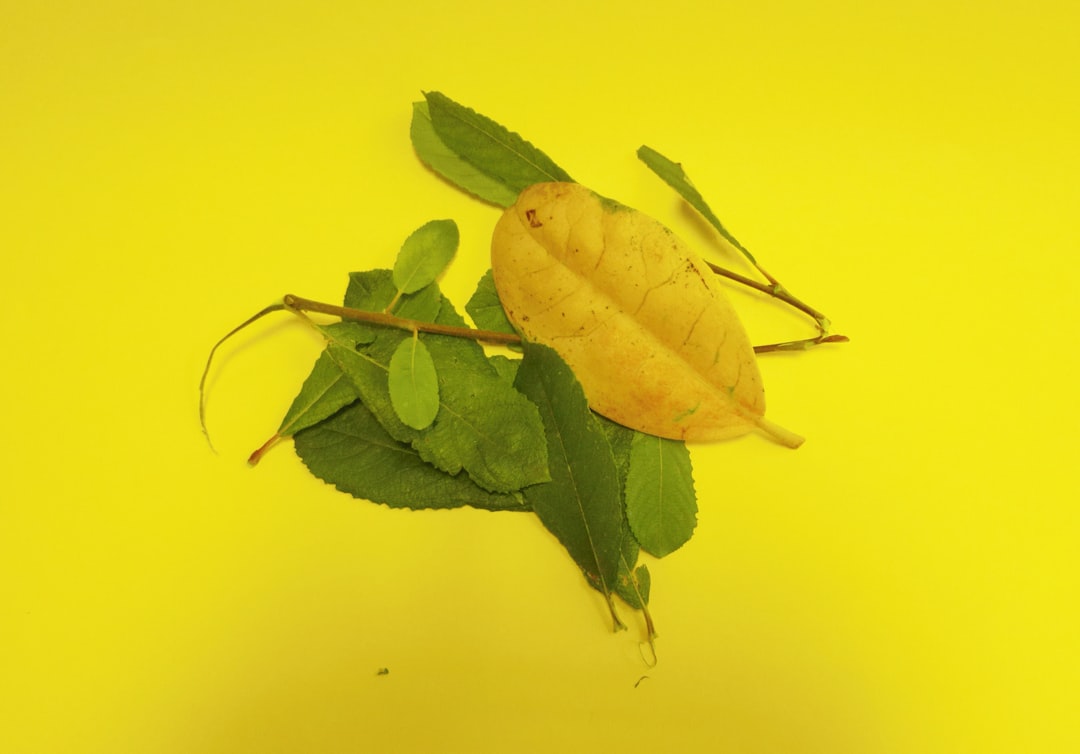Table of Contents
- Introduction
- Ingredients and nutritional benefits of coconut curry chicken
- Step-by-step preparation of coconut curry chicken
- Regional variations and adaptations of coconut curry chicken
- Pairing coconut curry chicken with rice and other sides
- Tips for enhancing the flavor of coconut curry chicken
- Common mistakes to avoid when making coconut curry chicken
- Vegetarian and vegan alternatives to coconut curry chicken
- How to store and reheat coconut curry chicken leftovers
- Conclusion
- Frequently Asked Questions
Introduction
Welcome, culinary explorers, to the enticing world of coconut curry chicken, a dish that promises to tantalize your taste buds and transport you to the sunlit shores of the tropics. Imagine a vibrant blend of flavors where succulent chicken pieces are lovingly embraced by creamy coconut milk and enriched with aromatic spices. This delightful fusion creates a mouthwatering tapestry that is both comforting and invigorating, making it a true feast for the senses.
But what exactly goes into crafting this savory masterpiece? A perfect coconut curry chicken relies on a harmonious balance of spices and fresh ingredients. Begin your journey with tender, juicy chicken, fragrant coconut milk, and a medley of spices like turmeric, cumin, and coriander. Add to that the zest of fresh lemongrass, the tangy hint of lime, and a touch of sweetness from fresh tomatoes.
Each ingredient plays a crucial role in crafting a dish that, when done right, is nothing short of sensational. Ready to become the master of your culinary adventure? Let’s dive into the details that will elevate your curry to an unforgettable gustatory experience!
Ingredients and nutritional benefits of coconut curry chicken
Coconut curry chicken is a flavorful dish that combines rich and aromatic ingredients, resulting in a satisfying and nutritious meal. The key ingredients include tender chicken pieces, coconut milk, curry paste, garlic, ginger, onions, and an array of colorful vegetables such as bell peppers and carrots. Coconut milk serves as the creamy base, providing a tropical sweetness that balances the spicy kick of the curry paste. Aromatic spices like turmeric, cumin, and coriander enhance the overall flavor, making each bite a symphony of taste.
Nutritionally, coconut curry chicken offers various benefits. The chicken is a great source of lean protein, essential for muscle repair and growth. Coconut milk, rich in healthy fats, helps increase the absorption of fat-soluble vitamins and adds to the dish’s energy density. The vegetables contribute essential vitamins, minerals, and fiber, supporting overall health and digestion. Additionally, spices used in the dish, such as turmeric, are known for their anti-inflammatory and antioxidant properties, which can aid in reducing inflammation and protecting against chronic diseases. Overall, coconut curry chicken is not only a treat for the taste buds but also a nutritious option for those seeking a balanced and healthful meal.
Step-by-step preparation of coconut curry chicken
To prepare coconut curry chicken, start by gathering all necessary ingredients: chicken breast, coconut milk, curry powder, garlic, ginger, onions, tomatoes, and cilantro for garnish. First, cut the chicken breast into bite-sized pieces to ensure even cooking.
Begin by heating a tablespoon of oil in a large pan over medium heat. Add chopped onions and sauté until they turn translucent. Add minced garlic and ginger, stirring until fragrant. Now, add the curry powder to the pan, allowing it to toast slightly to enhance its flavor.
Stir in the chicken pieces, cooking them until they are browned on all sides. This step helps lock in the juices, ensuring the chicken remains tender. Next, add chopped tomatoes, allowing them to soften slightly before pouring in the coconut milk. Bring the mixture to a gentle simmer.
Let the curry cook for about 15-20 minutes, or until the chicken is fully cooked and the sauce has thickened. Stir occasionally to prevent sticking. Once done, season the curry with salt and pepper to taste.
Garnish with freshly chopped cilantro before serving. Coconut curry chicken pairs perfectly with steamed rice or warm naan bread, offering a delightful, savory dining experience.
Regional variations and adaptations of coconut curry chicken
Coconut curry chicken is a dish celebrated globally for its rich flavors and aromatic spices. However, it’s fascinating to observe the regional variations and adaptations of this beloved recipe. Each region infuses its unique ingredients, offering a distinct culinary experience.
In Southeast Asia, particularly in Thailand, coconut curry chicken often features ingredients like lemongrass, kaffir lime leaves, and Thai basil, creating a harmonious blend of spicy and tangy flavors. The use of red, green, or yellow curry paste can alter the spice levels and taste dramatically.
Moving to the Caribbean, the dish takes on a vibrant twist with the addition of Jamaican jerk spices, scotch bonnet peppers, and allspice, presenting a unique, fiery version of coconut curry chicken. The inclusion of sweet potatoes and bell peppers provides a balance to the heat.
In India, coconut curry chicken can vary from one region to another. In southern states like Kerala, coconut milk is used extensively alongside mustard seeds, curry leaves, and tamarind to grant a mild yet flavorful taste. The inclusion of garam masala and cumin in North Indian versions adds depth and warmth to the curry.
Pairing coconut curry chicken with rice and other sides
Pairing coconut curry chicken with rice and other sides can elevate your dining experience by complementing and enhancing the dish’s exotic flavors. The rich, creamy taste of coconut curry chicken pairs wonderfully with steaming white jasmine or basmati rice. These fragrant rice varieties not only absorb the flavorful curry sauce but also provide a neutral palate that balances the spiciness of the dish.
For an added dimension of taste and texture, consider serving coconut curry chicken with naan bread. This soft, Indian-style bread is perfect for scooping up curry sauce, offering an authentic culinary experience. Additionally, a side of fresh vegetables such as steamed broccoli or sautéed green beans can add a nutritious and crunchy contrast to the meal’s rich and savory notes.
If you’re looking for something more vibrant, consider incorporating a mango salad. With its tangy sweetness, the salad can offer a refreshing counterbalance to the spicy curry, while the inclusion of fresh cilantro and lime can brighten up the dish significantly. In this way, pairing coconut curry chicken with a thoughtful collection of sides not only diversifies the meal but also creates a harmonious and delicious balance of flavors.
Tips for enhancing the flavor of coconut curry chicken
Coconut curry chicken is a delightful dish, infused with the rich and creamy flavors of coconut milk and spices. To enhance its flavor, start by marinating the chicken in a blend of curry powder, garlic, and ginger. This allows the meat to absorb the spices, making it tender and flavorful. Use fresh herbs such as cilantro or Thai basil as garnishes to provide a burst of freshness. Add a dash of fish sauce or soy sauce to deepen the umami flavors.
Utilize high-quality coconut milk as it is the backbone of the dish, contributing to its creamy texture and richness. Consider incorporating vegetables like bell peppers and zucchini to add color and nutritional value, maintaining a balance of flavors. Slicing them thinly helps them cook evenly and meld into the curry without overpowering the chicken. For added depth, include a squeeze of lime juice before serving, offering a subtle acidity that complements the dish’s creaminess. Adjust the level of heat using fresh chilies or chili paste based on your preference. Finally, serving the dish with jasmine rice or naan can enhance the whole experience, making it a comforting meal perfect for any occasion.
Common mistakes to avoid when making coconut curry chicken
When making coconut curry chicken, it’s crucial to avoid some common mistakes to ensure a flavorful and rich dish. One frequent error is using low-quality or expired spices. Fresh spices are essential to give the curry its vibrant flavor profile. Always check the freshness and quality of your curry powder or paste before starting.
Another mistake is skipping the step of browning the chicken. Browning not only locks in flavor but also adds a delicious depth to the curry sauce. If you’re in a hurry, you might be tempted to skip this step, but patience here pays off.
Many cooks also make the mistake of using low-fat coconut milk instead of full-fat. The latter provides the richness and creaminess that defines a good coconut curry chicken, so it’s worth choosing quality coconut milk over lower-calorie options.
Lastly, avoid adding all ingredients at once. Layering the ingredients is key; start with aromatic spices and onions, then gradually add chicken, and finally coconut milk and other vegetables. This order allows the flavors to blend harmoniously and develop fully.
Vegetarian and vegan alternatives to coconut curry chicken
For those who prefer a vegetarian or vegan lifestyle, finding alternatives to traditional coconut curry chicken can be both delicious and fulfilling. One popular substitute is using chickpeas or tofu as the main protein source. Chickpeas, with their rich texture and protein content, work well in absorbing the rich flavors of coconut milk and spices, offering a delightful taste experience.
For tofu lovers, opting for firm or extra-firm tofu can provide a satisfying bite. Simply cube the tofu and sauté until golden before adding it to your coconut curry sauce. Tempeh is another excellent choice, boasting a nutty flavor that complements the aromatic curry spices perfectly.
Mushrooms, especially varieties like shiitake or portobello, can also serve as a savory option. Their meaty texture and umami flavor enhance the curry, making it hearty and fulfilling. Additionally, vegetables such as bell peppers, carrots, and spinach can be incorporated to boost the nutritional value and color.
These vegetarian and vegan alternatives not only cater to dietary preferences but also add a diverse range of textures and nutrients, making coconut curry a versatile dish for everyone.
How to store and reheat coconut curry chicken leftovers
Storing and reheating coconut curry chicken leftovers is an easy process that helps maintain the dish’s flavor and quality. Begin by allowing the curry to cool to room temperature. This prevents condensation, which can lead to a watery consistency. Once cooled, transfer the chicken curry into an airtight container, sealing it tightly to keep out air and moisture. For optimal freshness, store the container in the refrigerator if you plan to consume the leftovers within 3 to 4 days.
To reheat, first determine if you’ll use a stovetop or microwave. For stovetop reheating, pour the desired amount of curry into a pot over low to medium heat, stirring occasionally until heated through. This method helps preserve the original texture and flavor. If using a microwave, place your leftovers in a microwave-safe dish, covering it with a microwave lid or a damp paper towel to prevent drying. Heat on medium power in 1 to 2-minute intervals, stirring in between to ensure even warming.
If you’ve stored the curry in the freezer, it’s best to thaw it in the refrigerator overnight before reheating. Proper storage and reheating ensure your coconut curry chicken remains a delicious and convenient meal.
Conclusion
In mastering the art of Coconut Curry Chicken, you unlock a doorway to a world of flavors that bring a touch of the exotic to your dining table. This savory dish not only delights your taste buds but also nourishes your body with its blend of lean protein, healthy fats, and an array of spices known for their health benefits. Whether you are a seasoned chef or a home cook stepping into the world of spices for the first time, coconut curry chicken offers a fulfilling culinary adventure.
Now that you’ve explored the intricacies of this delicious dish, why not expand your repertoire with even more tantalizing chicken recipes? Transform every meal with exciting new flavors and techniques from “The Chicken Bible: Say Goodbye to Boring Chicken with 500 Recipes for Easy Dinners, Braises, Wings, Stir-Fries, and So Much More.” This comprehensive guide invites you to elevate your chicken dishes from ordinary to extraordinary. Order your copy today and embark on a culinary journey that promises endless delicious possibilities!
